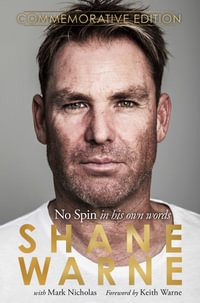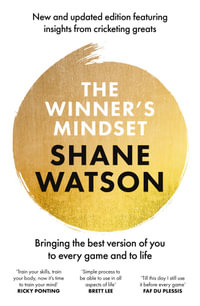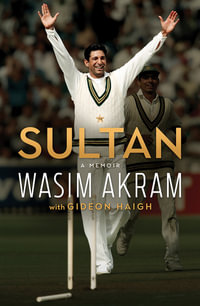An extraordinary work of Australian history that puts women at the centre of the story.
'Not often in sport history do the events of men's and women's sport run parallel, adjacent and intertwined in importance. I could not think of another similar example anywhere in the world. Surprisingly, these women were key players in the Bodyline saga. This is their story.'
Over thirty years ago, historian Marion Stell tracked down the women who played in the inaugural international Test cricket series against England in the summer of 1934-1935. Their stories and this extraordinary time in Australian sport are told here for the first time.
After the contentious 'Bodyline' mens' series in 1932-1933, sporting relations between Australia and England were at an all-time low. The long traditions built on fair play and sportsmanship had been shattered and controversy raged in the media. At the same time, a group of talented young women were invited to play for their country. Hailing from all classes and backgrounds, these exceptional players defied social and family expectations to pursue the sport they loved, gaining recognition and celebrity in Test series here and abroad.
Drawing from rare source material, photos and interviews with the original players,
The Bodyline Fix shines a long-overdue light on gender, race and class in 1930s Australia. The impact and legacy of these early sportswomen lives on to inspire current generations.
About the Author
Dr Marion Stell investigates the social and cultural history of sport. She is the author of seven books, including Half the Race- A History of Australian Women in Sport, and has also published books on surfing, swimming and soccer throughout her thirty-year academic career. She was the foundation curator of the permanent exhibition, Sportex, at the Australian Institute of Sport in Canberra in 1996. Dr Stell has been a keynote speaker at Australian and international conferences on the social and cultural history of sport, and is currently an Honorary Senior Research Fellow in the School of Human Movement and Nutrition Sciences at The University of Queensland and in the Centre for Heritage and Culture at the University of Southern Queensland in Toowoomba.
























